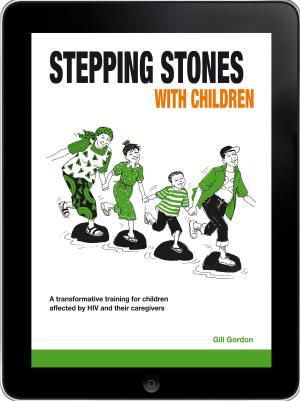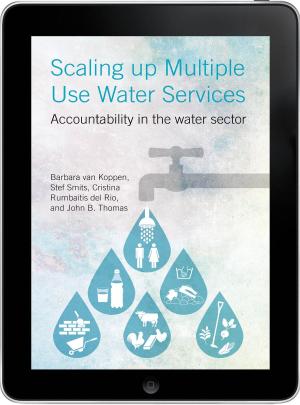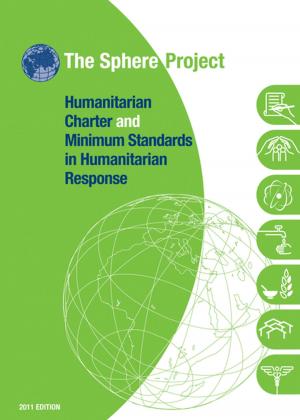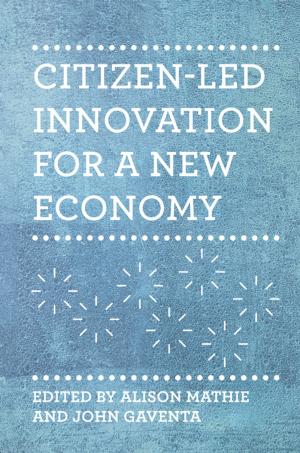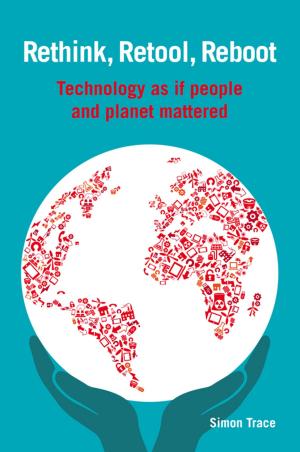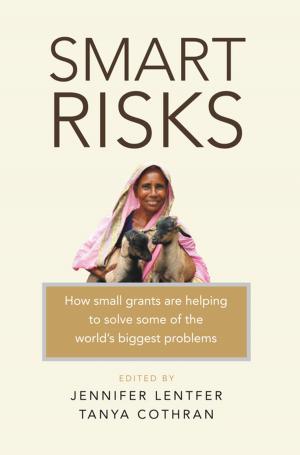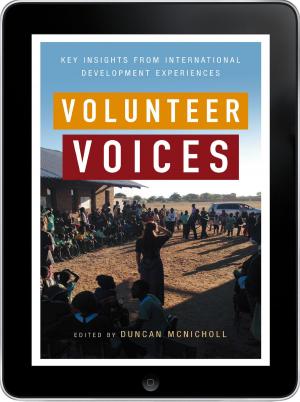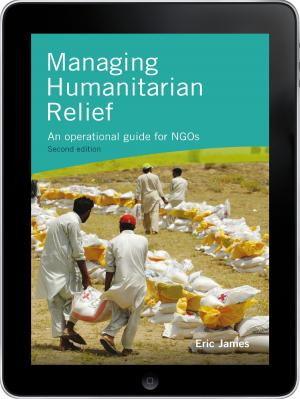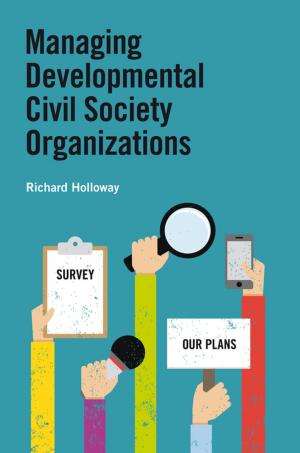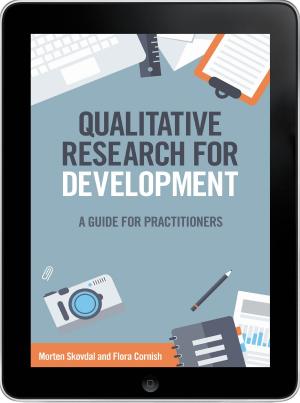The Business of Doing Good eBook
Insights from one social enterprise's journey to deliver on good intentions
Nonfiction, Reference & Language, Reference, Social & Cultural Studies, Social Science| Author: | Anton Simanowitz, Katherine Knotts | ISBN: | 9781780448657 |
| Publisher: | Practical Action Publishing | Publication: | January 15, 2015 |
| Imprint: | Practical Action Publishing | Language: | English |
| Author: | Anton Simanowitz, Katherine Knotts |
| ISBN: | 9781780448657 |
| Publisher: | Practical Action Publishing |
| Publication: | January 15, 2015 |
| Imprint: | Practical Action Publishing |
| Language: | English |
Why is it that so many organizations, seeking to do good in the world, miss opportunities to do so – and indeed sometimes exacerbate the very problem they seek to address? The Business of Doing Good reveals six insights for microfinance and other social purpose organizations using the marketplace to tackle a range of pressing social challenges. To deliver on good intentions, we need to do more than simply deliver ‘good products’, and become organizations designed to do good. The insights focus on creating a business model that moves beyond conventional wisdom about clients and marketplace. This means getting to grips with the realities of clients’ lives, and delivering products that address their real needs (rather than simply chasing market demand). It also means recognizing that our vision is realized through our people. By tapping into their potential, and supporting them to do difficult work, we can do quality work – and innovate to constantly do it better. Finally, the insights challenge us to make our social value proposition work from a business perspective – defining our own trade-offs, and evolving our approach to respond to a fast-changing world. The Business of Doing Good charts the course of one remarkable and profitable social enterprise (AMK) that has, with single-minded purpose, made radical choices and reached deep into rural Cambodia, touching the lives of almost two million people living in poverty. This book is important reading for microfinance and development practitioners, social entrepreneurs, impact investors, philanthropists, researchers, and students of international development.
Why is it that so many organizations, seeking to do good in the world, miss opportunities to do so – and indeed sometimes exacerbate the very problem they seek to address? The Business of Doing Good reveals six insights for microfinance and other social purpose organizations using the marketplace to tackle a range of pressing social challenges. To deliver on good intentions, we need to do more than simply deliver ‘good products’, and become organizations designed to do good. The insights focus on creating a business model that moves beyond conventional wisdom about clients and marketplace. This means getting to grips with the realities of clients’ lives, and delivering products that address their real needs (rather than simply chasing market demand). It also means recognizing that our vision is realized through our people. By tapping into their potential, and supporting them to do difficult work, we can do quality work – and innovate to constantly do it better. Finally, the insights challenge us to make our social value proposition work from a business perspective – defining our own trade-offs, and evolving our approach to respond to a fast-changing world. The Business of Doing Good charts the course of one remarkable and profitable social enterprise (AMK) that has, with single-minded purpose, made radical choices and reached deep into rural Cambodia, touching the lives of almost two million people living in poverty. This book is important reading for microfinance and development practitioners, social entrepreneurs, impact investors, philanthropists, researchers, and students of international development.



